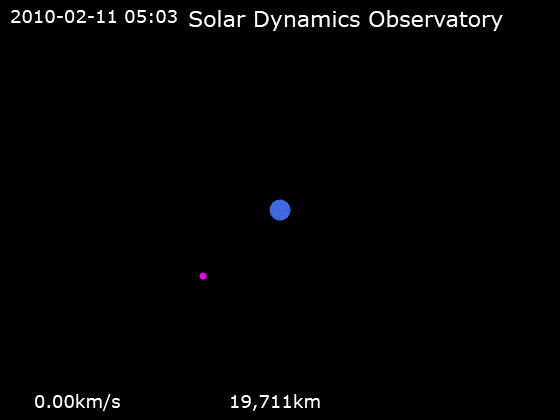X1.2 Solar Flare Erupts from Sunspot, Disrupting Radio Signals Over Pacific

On June 17, 2025, a powerful X1.2 solar flare erupted from sunspot region 4114, causing significant radio blackouts over the Pacific Ocean, particularly affecting Hawaii. The event peaked at 5:54 p.m. EDT (2154 GMT), marking the first X-class flare from this active sunspot, which has previously generated multiple M-class eruptions in the preceding days. According to the National Oceanic and Atmospheric Administration’s (NOAA) Space Weather Prediction Center, the flare led to shortwave radio disruptions, most notably impacting frequencies below 25 MHz, which ham radio operators and aviators experienced shortly after the eruption.
Solar flares, particularly those classified as X-class, are recognized as the most powerful type of solar eruptions. An X1 flare is ten times more potent than an M1 flare and a hundred times stronger than a C1-class flare. While this latest X1.2 flare was significant, it did not produce a coronal mass ejection (CME), which is a large expulsion of plasma and magnetic field from the sun that can lead to geomagnetic storms on Earth.
Dr. Emily Thompson, astrophysicist at the Massachusetts Institute of Technology, explained, "The absence of a CME means that while the electromagnetic pulse from the flare can disrupt radio communications, it does not pose a direct threat of additional solar plasma impacting Earth’s magnetic field. However, the potential for future flares from this sunspot remains high due to its current magnetic instability."
The implications of solar flares extend beyond mere disruptions in communication. According to a report by the European Space Agency (ESA) published in March 2023, such solar activity can affect satellite operations, navigation systems, and power grid stability on Earth. These effects underscore the importance of monitoring solar activity, especially as sunspot region 4114 continues to face Earth and shows signs of producing additional high-level flares in the coming hours or days.
Experts remain vigilant, as forecasters anticipate that if future flares do release CMEs, they could trigger geomagnetic storms, leading to stunning auroras but also possible disruptions in electrical grids and satellite operations. As such, NOAA's Space Weather Prediction Center continues to monitor this prolific flare factory closely.
In summary, the recent X1.2 solar flare serves as a reminder of the sun’s dynamic nature and its potential effects on Earth. As solar activity cycles continue, understanding and predicting these phenomena will be critical for mitigating their impacts on technology and daily life. Further developments will be closely watched by both researchers and industry stakeholders, with ongoing assessments of the sunspot's behavior informing future predictions and preparedness strategies in space weather forecasting.
Advertisement
Tags
Advertisement





